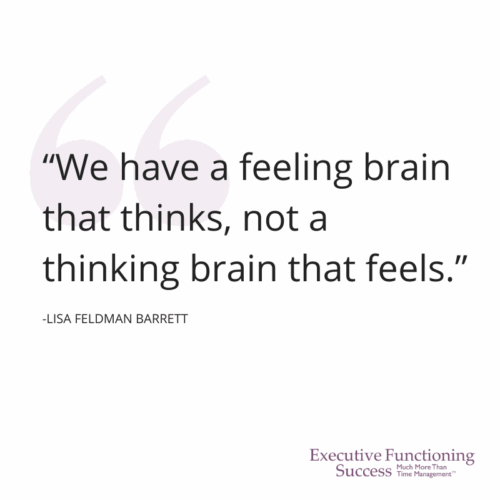As we all know, September signals transition.
There’s a shift in the air as fall colors begin to appear, the “lazy days of summer” draw to a close, and school supplies are on sale everywhere.
These changes in our external environment signal to the brain that something new is coming. For some, it’s an inspiring invitation for growth. For others, it’s unsettling, prompting a desire to retreat. Transitions, whether big or small, impact the brain.
Back-to-School is One of the Toughest Transitions for Kids and Parents Alike
 These transitions can unfold slowly over time or happen several times in a single day. Across the country, school mornings bring parents and children back into routine, including moments of separation. At this moment of goodbye, young children (and adults) often cry. They may feel intense sadness, pride, and fear all at once.
These transitions can unfold slowly over time or happen several times in a single day. Across the country, school mornings bring parents and children back into routine, including moments of separation. At this moment of goodbye, young children (and adults) often cry. They may feel intense sadness, pride, and fear all at once.
As an adult, I remember flying to Sacramento to visit my father. At the end of the trip, we stood at the curb in the airport’s departures area. Cars were coming and going and I was rushing to grab my things from the car. I turned to give him a quick hug, as we typically did, and suddenly, an intense sadness came over me. I hugged him longer than usual, not wanting to let go. I cried.
So as you can see, these intense emotions during times of transition happen to all of us…even fully grown adults with three kids who own businesses. 🙂
It brings to mind a quote by Lisa Feldman Barrett, PhD:
“We have a feeling brain that thinks, not a thinking brain that feels.”
Yes! Our emotions can, and do, greatly affect our ability to navigate difficult transitions. When the amygdala is activated by intense emotion, our executive functioning shuts down. The prefrontal cortex goes offline, and we lose access to our wise brain.
The good news is that our brains can do both: feel deeply and think wisely. Not only that, we NEED both capacities for mental balance.
How to Get Through Hard Transitions
To get through these moments, we must first honor our emotions, process them, and then call on the 12 executive functioning skills of our wise brain. Accessing those skills helps us move forward. This is what we do in the Seeing My Time® program. It’s first about understanding your unique brain and its particular strengths and weaknesses, and then learning which executive skills you need better access to.
For example, planning and prioritization are especially useful during times of change, though they’re often the first to be abandoned when life gets chaotic. Creating a routine ahead of time and posting it where you and your family can see it is incredibly helpful. When the brain can see what it’s supposed to do, working memory becomes available. The doing becomes easier because the routine becomes automatic.
Metacognition reminds us that emotions are not forever, and that transition is part of life. Time management tells us how long we can linger in our emotional brain before there are consequences. Goal-directed persistence helps us keep moving forward and finish what we start. Response inhibition prevents us from crying uncontrollably in public.
These are all incredibly useful skills to develop – at all ages too!
That day on the airport sidewalk with my dad, I did eventually let go and catch my flight. It was one of the most significant goodbyes of my life. I didn’t know where the emotion was coming from, but it was real. My emotional brain had taken over. But my wise brain reminded me I was happy to be going home. It reassured me I’d see my father again. My executive skills kicked in to help me make my flight.
But none of that erased the sadness. And that’s okay.
Be mindful of how transitions affect your brain. This fall, as you and your loved ones move through life’s changes, be kind to yourself and others. Use your tools. Hold on to those moments of goodbye. They remind us what truly matters.


